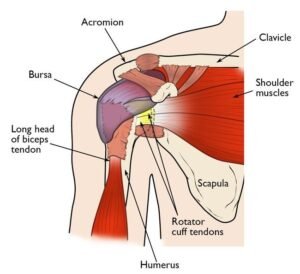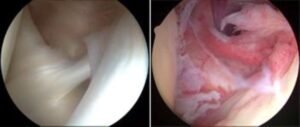Subtotal $0.00
Subscribe to out newsletter today to receive latest news administrate cost effective for tactical data.
2478 Street City Ohio 90255
Shopping cart
- Home
- About Us
- Treatment
- Robotic Joint Replacement
- Custom Tailored Joint Replacement
- Knee Replacement Surgery
- Total Hip Replacement Surgery
- Hip Replacement with DAA
- Partial knee Replacement Surgery
- Revision Knee Replacement surgery
- Revision Hip Replacement surgery
- Knee Pain
- Hip Joint Pain
- Knee Arthroscopy
- ACL Surgery in India
- Posterior cruciate ligament (PCL) Surgery
- Computer Navigation Nav 3 Technique
- Arthroscopic (key hole) shoulder surgery
- Shoulder Arthroscopy
- Sports Injuries
- Meniscal Repair
- International Patient
- Fellowship
- Blog
- Contact
- Phone:+91-84483 35242
- Email:orthojoint@ymail.com
- 610, 6th Floor, Unitech Arcadia, Gurugram




